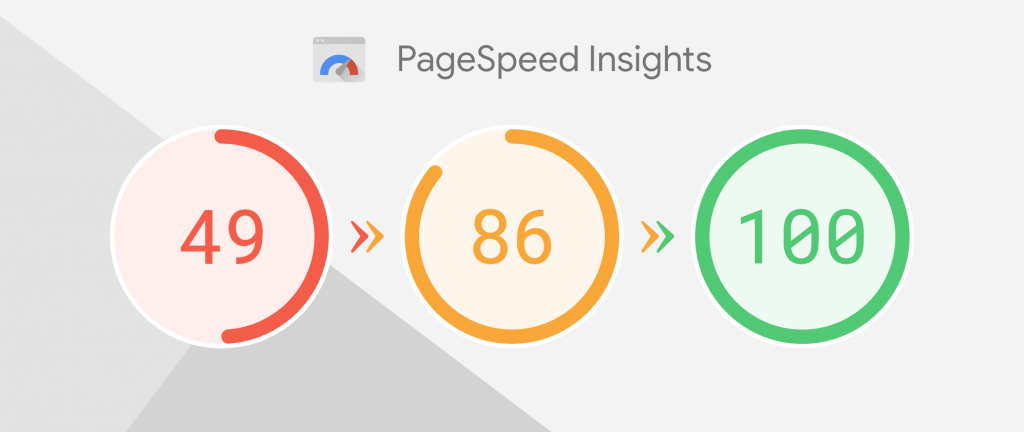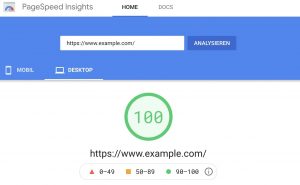What speed does your website have to be by 2023?

Google values fast websites so much it launched the “mobile first index” 2 year ago. Google considers site loading speed a key factor in mobile search.
Fast sites mean a great user experience, and satisfied users lead to high conversion rates.
What can you do to improve user experience on your website
You don’t need to wait for the update, as it has been available for four years. Google will be focusing on mobile-friendly sites, so it is time for businesses to make sure that their websites offer a positive experience on mobile and desktop. Google and your competitors will look at you as a threat if you don’t.
Slow websites are bad for users and Google supports great browsing experiences. Google recommends that you use the updated Page Speed report to monitor and improve your site’s performance.
What speed does your website have to be by 2023?
While most sites have been optimized for desktop, Google is now focusing more on how mobile versions load.
If you’re interested in a site speed audit, please contact us. We will be glad to assist.
Every second counts!
The bounce rate probability rises by 90% for every second that passes the first 5 seconds.
A decent speed is 5 seconds or less.
Ideal is 3 seconds or less
47% of internet users expect a page to load within 2 seconds.
Mobile sites:
1. Site’s SEO is affected by bounce rate performance and page load time on mobile devices.
2. Mobile pages take longer to load than desktop pages.
3. The number of smartphone users online is greater than half.
4. Google has always been focused on the user experience.
5. Since the introduction of AMP (Accelerated mobile pages), Google has focused on smartphone users and their experience. Consider your smartphone’s interaction with websites as an exchange of information between visitors and the website. The more data (site) downloaded quickly to visitors’ devices, then the better the experience.
7 ways to speed up your website’s loading times
1. You can host your website on a speedy server.
2. You should have your own unique IP.
3. Clean code is essential.
4. External CSS can be used to load background images.
5. Optimize your images
6. Redefine whitespace and comment tags.
7. Be sure to remove unnecessary META tags.

We recommend that website owners optimize their site’s speed, load times, and fix bounce rates. To improve mobile user experience, you can use Google’s Page Speed Insights Tool or Search Console.
Your site is likely to be “decent”. You should immediately take action to optimize your website for mobile devices if the Page Speed Tool indicates that your site is slow. Your website’s purpose is to allow users to accomplish what they want to do quickly and efficiently. This will allow you to avoid the Speed Update algorithm penalty for online page performance and its mobile experiences terms.
Your site could be lost to 90% of your visitors and customers if it takes more than 5 seconds to load on a mobile device.
Google’s focus is on the user experience. This means that consumers are becoming less patient with waiting for websites to load on their phones.
These aspects will help optimize sites rank higher in search results for keywords that interest you.




